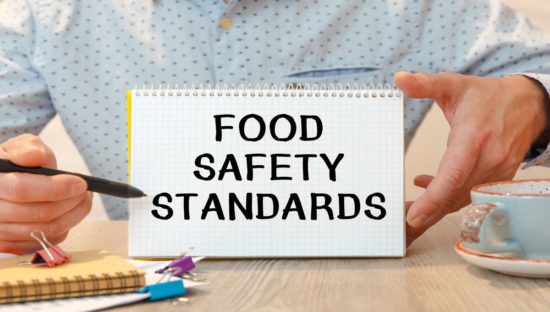Before “ultra-processed foods” can be restricted or eliminated, there’s going to have to be a definition for “ultra-processed foods.”
Sounds simple enough. California and one or two other states have already put limits on “ultra-processed foods” (UPFs). But it’s complicated enough that, in July, the federal government began asking for help drafting a definition.
In responding, the National Chicken Council (NCC) took 14 pages of single-spaced commentary to advise the FDA and USDA on Docket No. FDA–2025–N–1793: Request for Information: Ultra-Processed Foods. NCC represents U.S. chicken producers.
NCC’s extensive comments open with “general concerns about a classification system and contend that FDA and USDA should bolster existing frameworks and consumer education as science evolves instead of pursuing a classification system at all.”
“However, should the Agencies choose to move forward with a classification system, NCC urges the use of a uniform, science-based approach to characterizing foods — one that prioritizes nutritional composition and ingredient function over the number of processing steps or ingredients.
“We urge FDA and USDA to adopt a nutrition-led framework that promotes consumption of safe, affordable, and culturally important proteins like chicken, which millions of families, schools, and food assistance programs rely on for essential nutrition,” said NCC Senior Vice President of Scientific Affairs Ashley Peterson in the comments.
“Should the Agencies choose to pursue a classification system, NCC is committed to working with FDA, USDA, and other stakeholders on a clear, science-driven system that protects public health without inadvertently discouraging consumption of nutrient-dense foods. As discussed, the so-called term ‘ultra-processed foods’ is overly broad and can mislead consumers by implying a food is harmful based solely on how it is made rather than its nutrient content.”
NCC’s major points include:
1. Use evidence from peer-reviewed research and government data, including comparisons of nutrient profiles (protein, vitamins, minerals) for chicken products versus other commonly consumed “UPFs” to emphasize the vital nutritional role that processed chicken products (e.g., frozen chicken patties or nuggets) play in the diets of all Americans by providing high-quality protein and micronutrients in an affordable, accessible form.
2. Highlight concerns with “ultra-processed-focused” classification systems (specifically the NOVA system), including a failure to consider nutrient density, protein quality, and the purpose of processing – and the inconsistent, often misleading categorization that results.
3. Caution against an overbroad use of the term commonly referred to as “ultra-processed” in policy, given that it groups nutritionally distinct foods (for example, breaded chicken nuggets and candy are both labeled “ultra-processed” despite vastly different nutritional profiles).
4. Propose considerations that emphasize what is in the food – to include nutrient density, protein quality, and ingredients – rather than how it was manufactured.
“We stand ready to provide further data, expertise, and collaboration as FDA and USDA navigate this definitional challenge, and we share the goal of improving Americans’ diet quality and health outcomes, especially for children,” said Peterson. “Importantly, a definition that incorporates nutrient considerations can better guide consumers and policymakers in recognizing the differences between foods that may undergo processing but still deliver meaningful nutrition and those that offer little benefit to health.
The NCC comments can be read in their entirety by clicking here.
(To sign up for a free subscription to Food Safety News, click here.)



